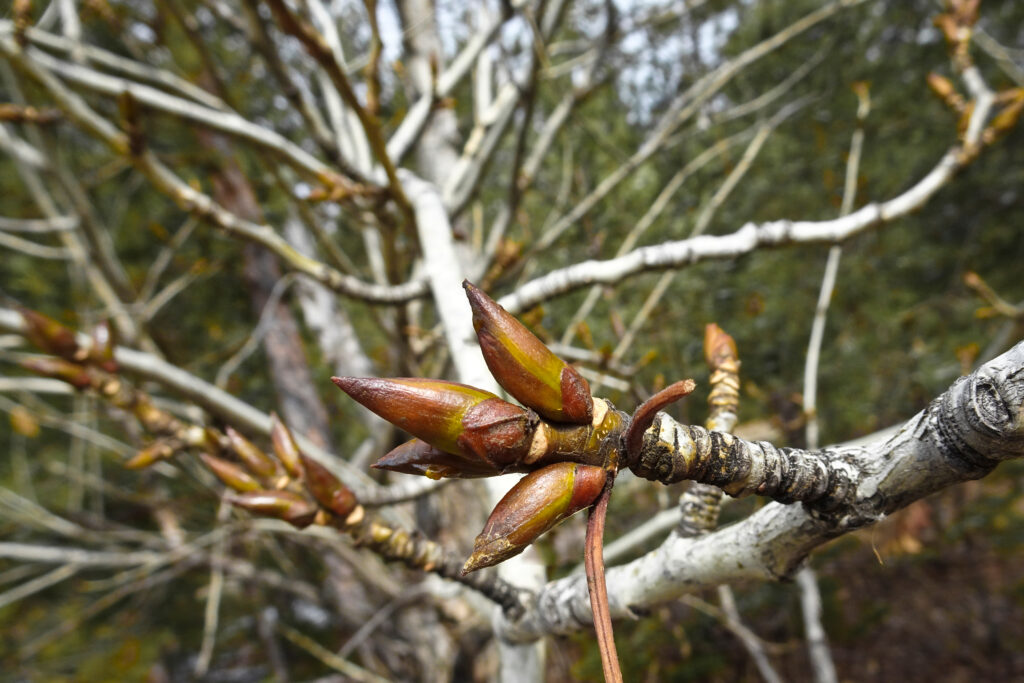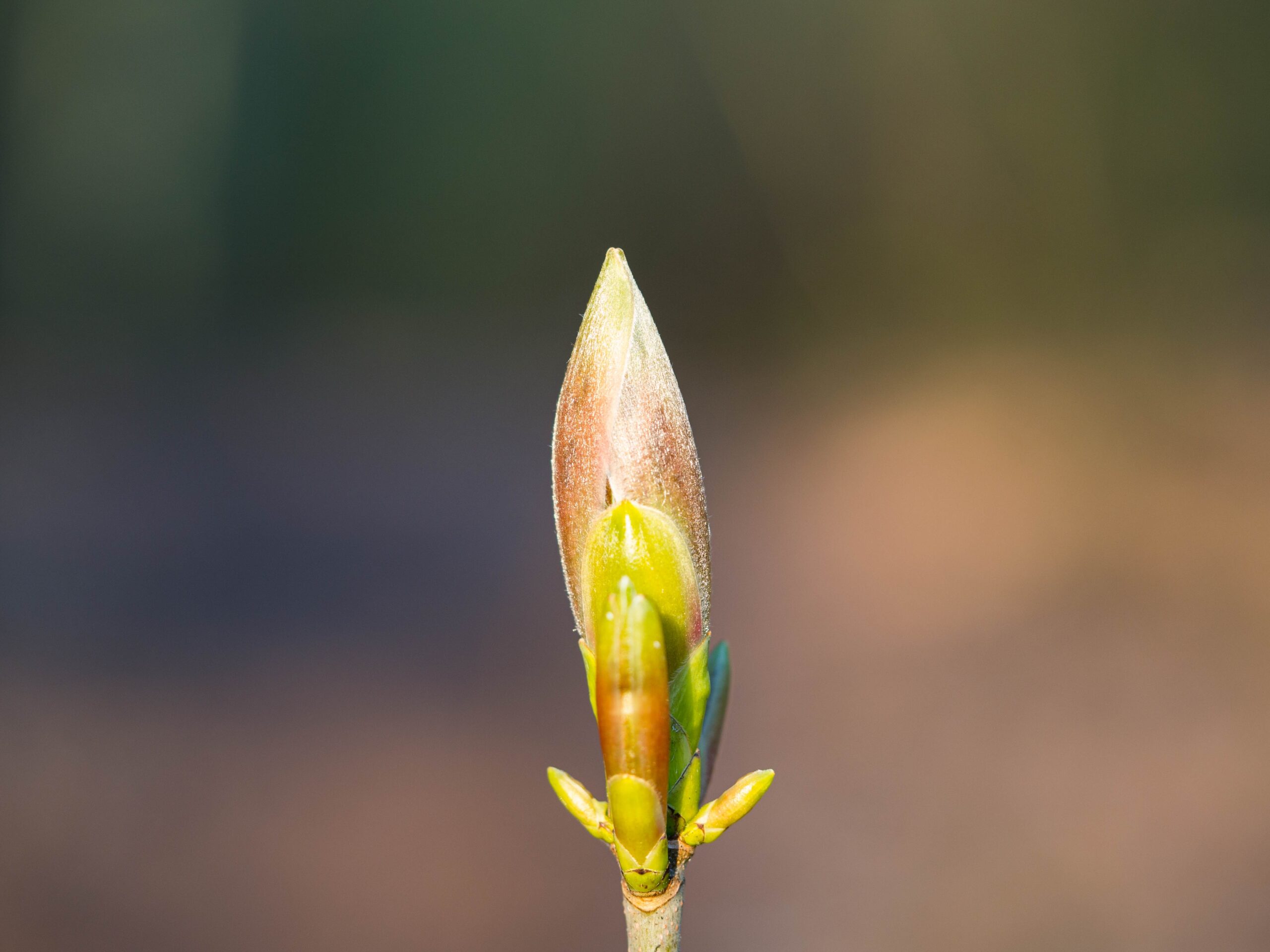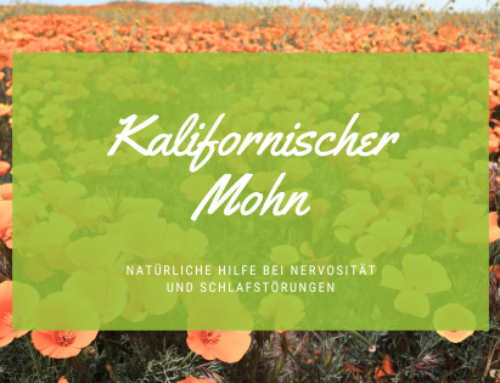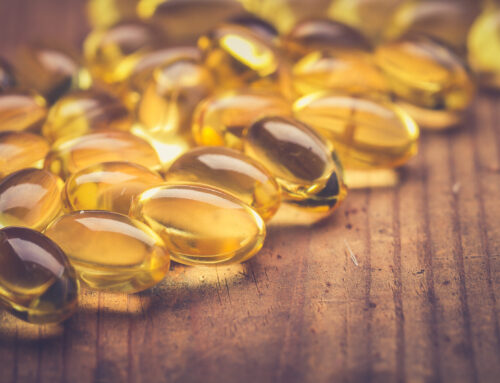Dear Friends of Herbathek, In this article we would like to take you on a journey and introduce you to the secret healing potential of the poplar tree, a tree that is so ubiquitous in our forests and parks, yet often overlooked.
We will take a look at the remarkable properties of poplar buds, which have been called the “propolis of trees” for their impressive healing properties. Along the way, we’ll go over the history of poplar in medicine, talk about the special ingredients and modes of action of poplar buds, and even show you how to make your own poplar bud salve at home. So let’s waste no time and discover this amazing medicinal plant together.
The poplar: a brief portrait
The poplar is a fascinating tree that captivates us not only with its imposing height and whispering leaves. It belongs to the willow family and is native throughout Europe. There are several types of poplars, including the black poplar, the quaking poplar and the silver poplar, all of which have their own unique characteristics and features.
Visually, the poplar is easy to recognize: It has a tall, straight trunk and a spreading, often irregular crown. Its leaves are heart-shaped to diamond-shaped, with the underside often having a silvery sheen. What makes the poplar special, however, are its buds. They are sticky and give off a pleasant fragrance. Almost a bit like honey or vanilla. This sticky substance is rich in valuable ingredients that can be used in natural medicine.
Poplar’s natural habitat is moist sites such as floodplains and riverbanks, but it also thrives in drier soils and urban areas. Poplars are also remarkably hardy and can tolerate both cold and heat well.
The poplar in medicine
Poplar has a long history in naturopathy and medicine. Already in ancient times it was used as a remedy by the Egyptians, Greeks and Romans. Even then, especially the sticky buds of the poplar were known for their health-promoting properties.
Pliny the Elder, a Roman scholar, wrote about the poplar as early as the 1st century AD, mentioning its ability to reduce fever and soothe inflammation. In traditional Chinese medicine, poplar was also valued for its anti-inflammatory and analgesic properties.
Poplar also played an important role in folk medicine in Europe. In the Middle Ages, poplar bud ointment was often used to treat skin problems such as rashes and wounds. It was also believed that carrying a poplar branch offered protection from evil spirits.
These historical practices underscore the deep-rooted recognition of poplar’s healing properties. And although medical science has advanced considerably since ancient times, poplar remains a valued remedy in modern natural medicine.
Ingredients and effects of poplar buds
The healing power of poplar is hidden in its buds. These contain a variety of valuable ingredients that make them a real treasure in natural medicine. The most important active substances include flavonoids, phenolic acids, triterpenes and salicin.
Flavonoids and phenolic acids are known for their antioxidant effects. They help neutralize free radicals and can thus help protect the body from damage caused by oxidative stress. Triterpenes have anti-inflammatory and analgesic effects.
The salicin in poplar buds is particularly interesting. It is a natural analgesic and anti-inflammatory that is converted to salicylic acid in the body. This mechanism is similar to the way aspirin works, which is also based on salicylic acid.
All these ingredients combined make poplar buds a potent remedy. They can help relieve pain and inflammation, improve skin health, and support the immune system.

Make your own poplar bud ointment
Poplar bud ointment, often referred to as the “propolis of the trees,” is a wonderful natural remedy made from the sticky buds of the poplar tree. It is rich in valuable ingredients and has many potential uses in skin care and to support overall health.
To make your own poplar bud salve you will need:
1 tablespoon of poplar buds
20 g high quality organic oil (almond oil, sunflower oil or olive oil)
2 g beeswax
2 g lanolin
First you need to make poplar bud oil from the poplar buds and the oil. There are two different methods you can use here. The cold or the warm extract. For the cold extract you cut the poplar buds very small and douse them with your high-quality carrier oil. Leave the mixture to infuse for 2 weeks in a warm place.
For the warm extract, put the mixture of chopped poplar buds and oil into a fireproof jar and place it in the oven for a few hours at medium heat. Additionally, let the mixture steep overnight before heating it again the next day and then straining it.
Once you have the oil, place it in a water bath with the beeswax. Once the wax has melted, add the lanolin. Now you have to mix all the ingredients well. The finished ointment can be filled into a glass jar. Close the jar only after the ointment has cooled down.
The resulting poplar bud ointment can be used in various ways. It can be applied to the skin to soothe and heal skin irritations, minor wounds and inflammations. Its anti-inflammatory and analgesic properties can also help relieve muscle and joint pain. In addition, the ointment can provide relief from cold symptoms such as coughs and sore throats by rubbing it on the chest and throat.
By the way, you can of course collect the poplar buds yourself in nature. However, it is quicker and easier to use our high-quality organic poplar buds, which you can buy online in our Herbathek store along with many other high-quality herbs, teas and spices.
If you have any questions about the use and dosage of poplar bud ointment, please feel free to contact us. The Herbathek team is looking forward to meeting you.






Leave A Comment